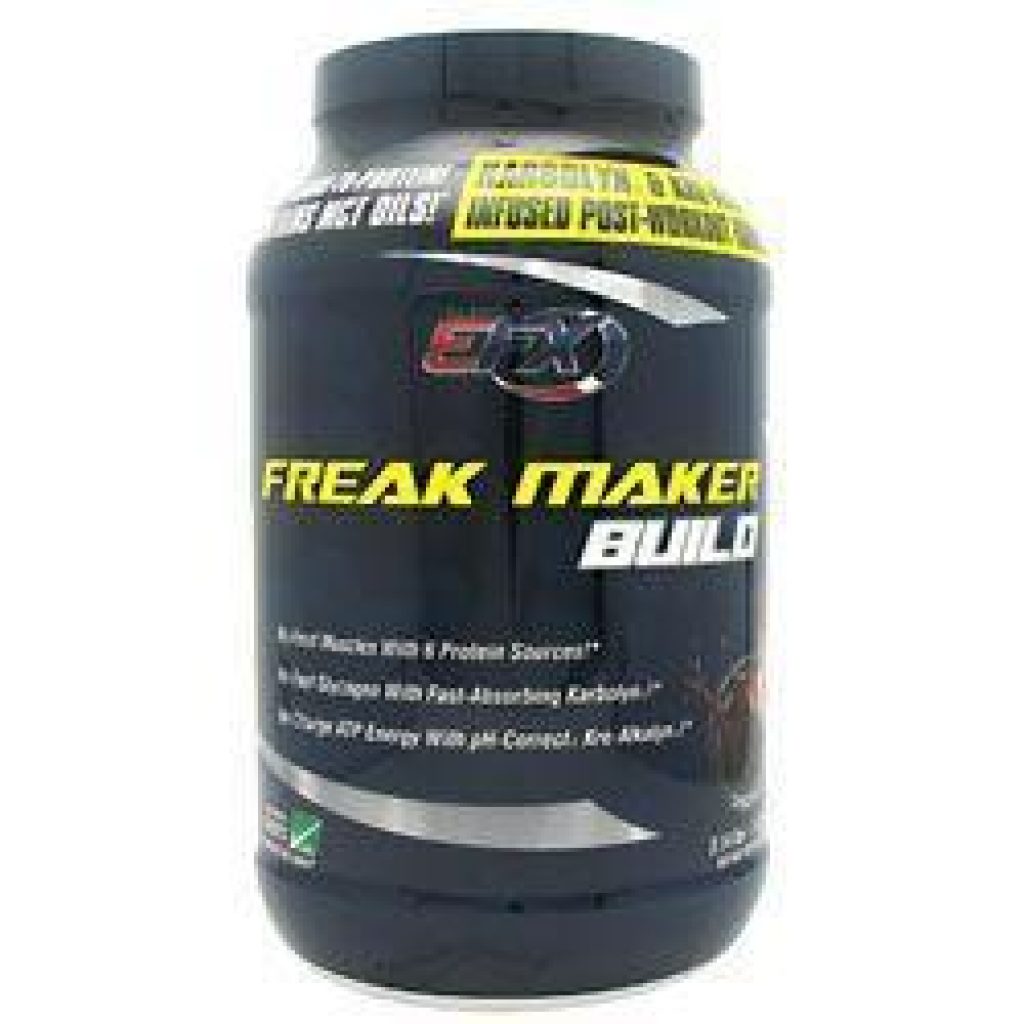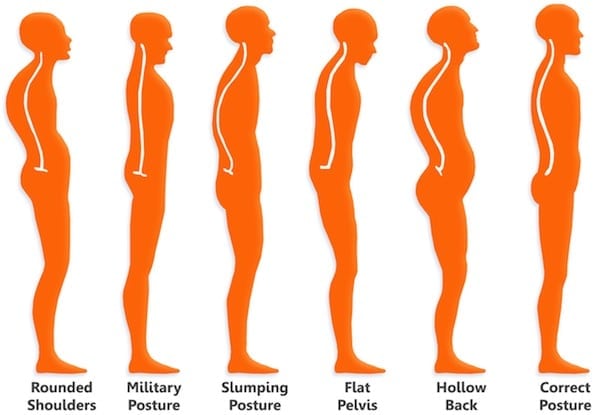No products in the cart.
How to Avoid Muscle Imbalances

One of the leading causes of injury in the gym and in sport is muscle imbalances, this is where you have an under-develop muscle or muscle group that is affecting you.
These imbalances can either affect symmetry or can create posture issues. Fixing them may not be your priority right now, but in the future a small imbalance could be a serious concern.[toc]
What are the Most Common Imbalances?

Among lifters the most common imbalance is the chest and upper back muscles.
Guys love training chest – most dedicate their Mondays to training it exclusively (or with triceps), and while back is important only the bigger back muscles (latissimus dorsi and trapezius muscles) get worked. Whilst the smaller muscles of the upper back get ignored. Muscles such as the rhomboids, teres major and minor, and the muscles around the scapular.
Without these muscles being sufficiently worked an imbalance occurs that can lead to postural issues such as Upper Cross syndrome where your shoulders round forward (some people call this text-neck now).
This is a common issue for bodybuilders but also for people who spend a lot of time hunched over their desk.
Another example that affects a lot of sportspeople is a quadriceps/hamstring imbalance, this can lead to knee pain or even injury. This is due to a lot of exercises being quad-dominant. This can of course be countered by adding in more hamstring exercises.
In bodybuilding a muscle imbalance may not be as likely to cause injury, but it can lead to a bad score.
Bodybuilding is the pursuit of perfection and symmetry is a major part of that.
Having huge upper arms but tiny forearms will make a bodybuilder look ridiculous. Worse still would be having huge arms but legs that weren’t up to scratch. As a result, bodybuilders spend a lot of time “catching up” on muscle parts that are letting them down.
A common muscle imbalance is having small calves in proportion to the rest of their leg muscles. This is because calves are so difficult to train unless you have a genetic advantage. This can happen with any muscle, but calves are definitely the most common problem-muscle.
How to Avoid a Muscle Imbalance
Luckily there are many ways to avoid muscle imbalances, or to fix an already present imbalance.
The first thing to do is analyze your current program, look at your exercise selection and find out what muscles each exercise uses.
For example a lot of lifters over train the front deltoid muscle, because they perform bench presses, dips, shoulder presses, and then add in some dumbbell raises. But the rear delts and lateral delts get neglected.
So removing the front raises and adding in more lateral and rear-delt raises would help address that imbalance.
As mentioned earlier a lot of exercises are quad dominant so strengthening the hamstrings with some added isolation exercises would also be beneficial.
Once you have analysed your program you can design a new one. Following a push/pull program is a good idea for preventing imbalances because it separates all of the pushing exercises (that work chest, tricep, quadriceps) and all of the pulling exercises (hamstring, bicep, and back) meaning that you are less likely to over-train a muscle.
Using more compound movements in your training can also help with this, instead of bicep curls you could perform reverse-grip pull ups which also work the biceps but also work the upper back.
Deadlifts work a lot of muscles so can also help, there is always a place for isolation exercises, but don’t neglect the compound ones.
Top Imbalance Fixing Exercises
We are going to briefly look at three exercises that can help address muscle imbalances. The first one is face pulls, these work the smaller muscles of the upper back and are often used to improve posture.
Place a rope attachment on a high cable setting and use a medium weight. Take a handle in both hands and then take a big step backwards. Pull the handles backwards until the middle of the rope is almost touching your face.
Make sure that your elbows are nice and high throughout this movement, and that your body is still rather than rocking back and forth with the rope.
The next exercise is the inverted row, which is also great for balancing out the back muscles in response to performing a lot of presses.
Place a bar at hip height on a squat rack or smith machine. Lie underneath the bar with your hands holding on. Keeping your heels on the floor pull your upper body up until your chest is almost touching the bar, pause and then slowly return to the starting position.
The final exercise is the Romanian deadlift, which is an excellent exercise for strengthening the hamstrings.
Hold a bar in an overhand grip with arms down by your waist. Bend your knees very slightly and then push your chest out and pull your shoulders back. Take a deep breath and then lower the bar down your legs and bow forward, do so until your hamstrings feel very tight. Pause at this point and then straighten back up.
So those are three exercises that you should add to your program to fix two of the more common imbalances.
Remember to analyse your workout and shore up any muscles that you feel are being ignored. This could help lead to a better physique and help prevent injuries in the future.
Save
Save
Save
